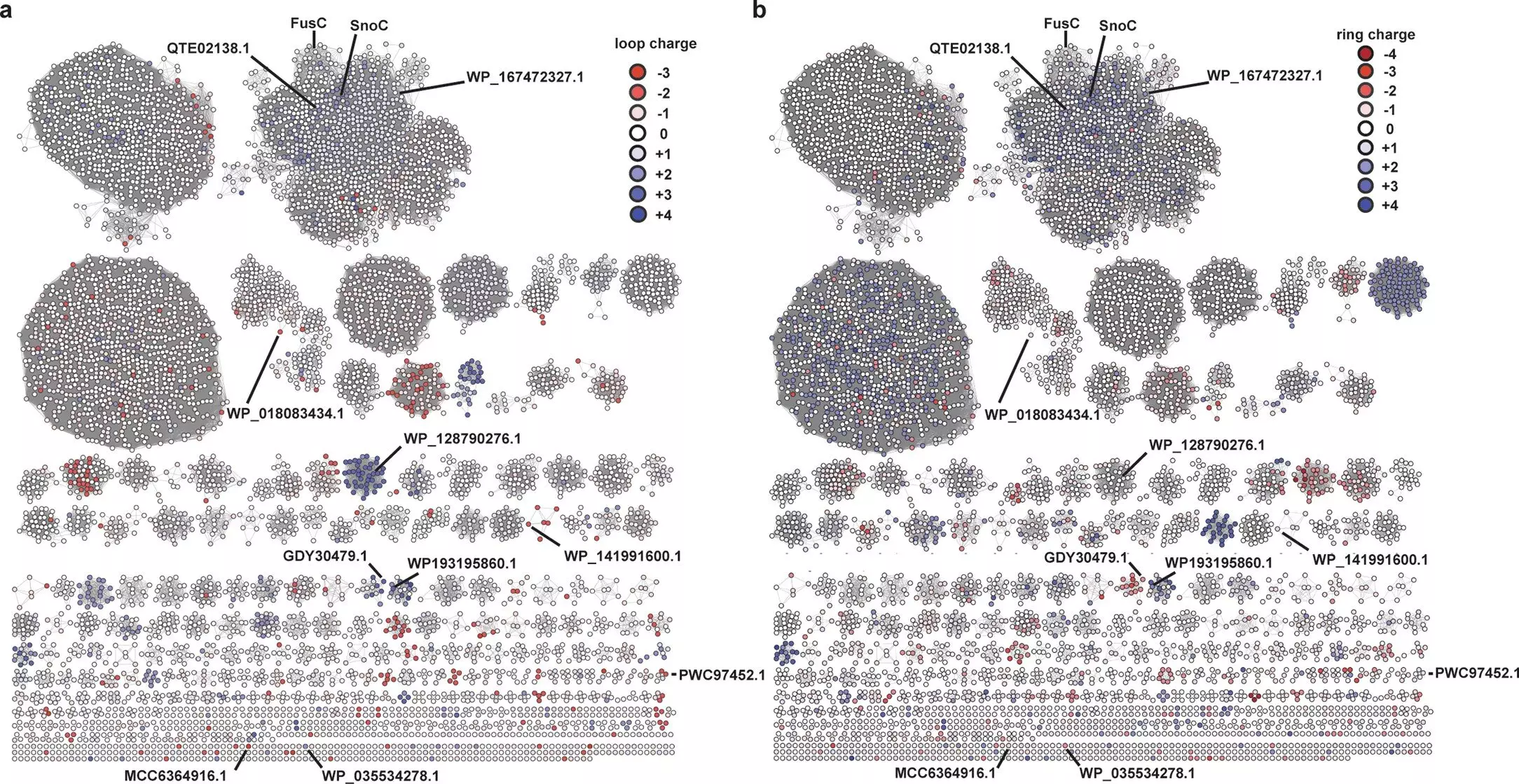Lasso peptides have emerged as a fascinating topic of research, owing to their unique structural features and their wide range of therapeutic applications. Synthesized by bacteria, these molecules are renowned for their extraordinary stability, a characteristic that sets them apart from other peptide types. Their notable lasso-like structure—akin to a slip-knot—endows them with remarkable resistance to extreme environmental conditions. This resilience and adaptability make them a promising candidate for the development of new drugs with antibacterial, antiviral, and anticancer properties. Recent research, particularly documented in *Nature Chemical Biology*, sheds light on the intricate mechanisms behind their synthesis and the potential applications of this knowledge in drug development.
The genesis of lasso peptides is a multi-step biosynthetic process involving ribosomal synthesis followed by post-translational modifications. Initially, ribosomes facilitate the sequential linkage of amino acids, forming a linear peptide chain. Subsequently, two critical enzymes—a peptidase and a cyclase—collaborate to convert this linear precursor into the complex lasso structure. Despite their discovery over thirty years ago, deciphering the enzymatic folding mechanism has proven challenging due to the insolubility and inactivity of these enzymes during purification efforts.
A notable achievement in this endeavor was the characterization of fusilassin cyclase (FusC) by the Mitchell lab in 2019. This breakthrough allowed researchers to begin unraveling the intricacies of the lasso formation process. However, the precise structure of FusC remained elusive, inhibiting a full understanding of how this cyclase interacts with the peptide during knot formation.
Recent advancements in artificial intelligence have provided new avenues for exploring the complexities of peptide synthesis. In their study, researchers utilized the AI program AlphaFold to predict the three-dimensional structure of FusC, marking a significant step in understanding the active site of the enzyme. This approach, alongside other AI-driven tools like RODEO, facilitated the identification of key residues within the cyclase active site. These elements are crucial for binding with the lasso peptide substrate, providing insights that were previously unattainable.
According to graduate student Susanna Barrett, the computational models developed through this process were instrumental in narrowing down the amino acids that play a crucial role in enzymatic activity. Additionally, molecular dynamics simulations allowed researchers to visualize atomic-level interactions, enabling them to develop a comprehensive understanding of how lasso peptides are folded by cyclases. This novel approach promises to influence other peptide engineering studies and broaden the scope of therapeutic applications.
The computational findings revealed that the backwall region of the active site is pivotal in folding the lasso structure, particularly corresponding to the helix 11 region in FusC. In a groundbreaking experiment, researchers carried out cell-free biosynthesis by introducing components essential for producing lasso peptides combined with various enzyme variants. One notable outcome was the identification of a mutant version of FusC capable of facilitating the folding of lasso peptides that the original enzyme could not synthesize.
This experimental validation bolstered the researchers’ theoretical models, providing crucial confirmation about the emerging understanding of lasso peptide folding mechanisms. Diwakar Shukla, an associate professor, highlighted the study’s significance as it offers groundbreaking insights into the molecular interactions responsible for shaping these extraordinary peptides.
The implications of this study extend beyond simply understanding peptide folding. By collaborating with Lassogen, a company based in San Diego, researchers demonstrated the potential to navigate cyclase engineering to generate novel lasso peptides that have been previously unattainable. As a proof-of-concept, the team engineered a different cyclase, McjC, which successfully produced a potent inhibitor targeting a cancer-promoting integrin, underscoring the therapeutic utility of lasso peptides.
Mark Burk, CEO of Lassogen, emphasized the importance of generating diverse lasso peptides to optimize drug discovery and development. Traditional enzymatic pathways often limit the array of peptides that can be synthesized, but enhanced cyclase engineering could vastly expand the possibilities for therapeutic inventions.
The revelations surrounding the dynamics of lasso peptide synthesis not only contribute to our fundamental understanding of these intriguing biomolecules but also pave the way for significant advancements in medicinal chemistry. Douglas Mitchell, a leading figure in the research, aptly noted that the confluence of interdisciplinary efforts and technological advancements in AI and cell-free biosynthesis has sparked this remarkable discovery. As the research progresses, the scope of lasso peptides as innovative therapeutic agents will likely broaden, offering promising avenues for combating various diseases.



Leave a Reply